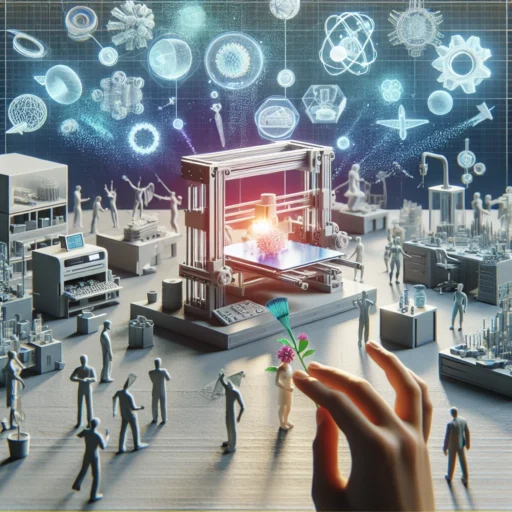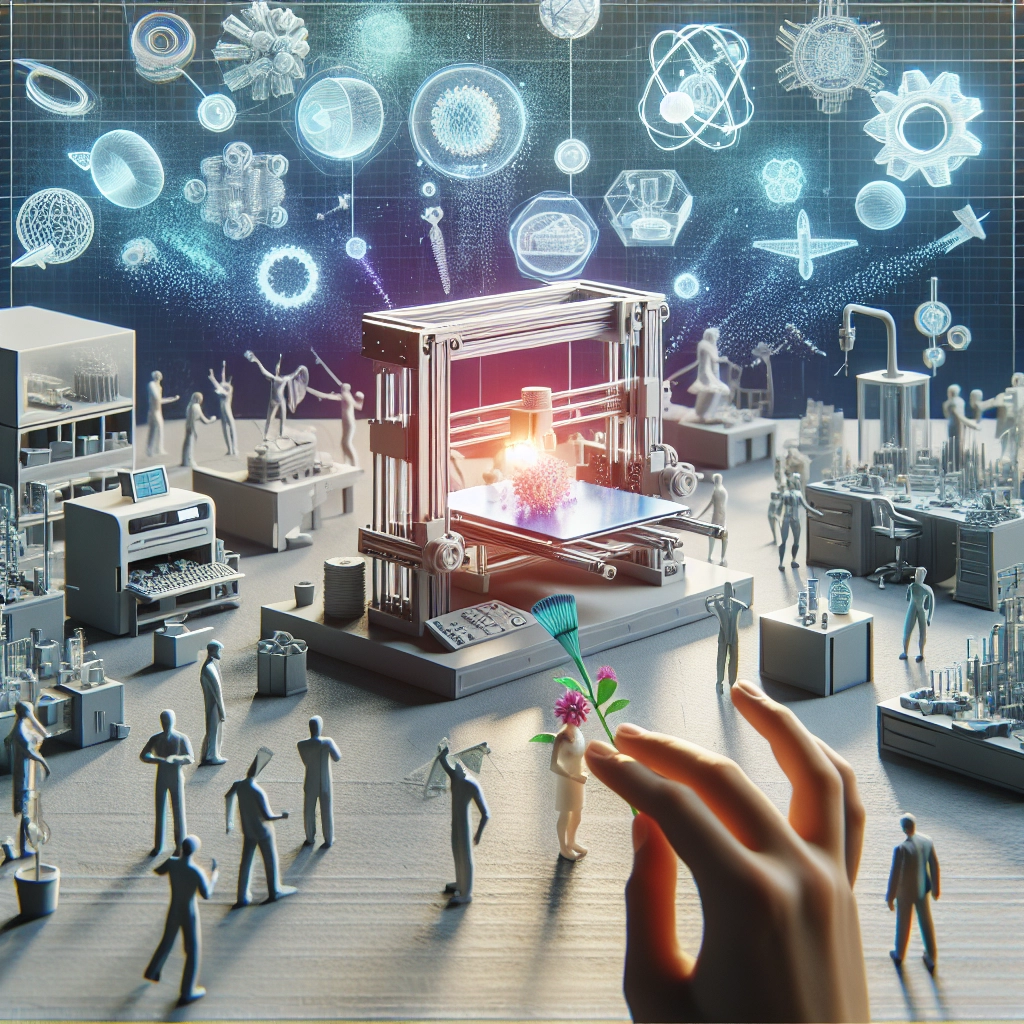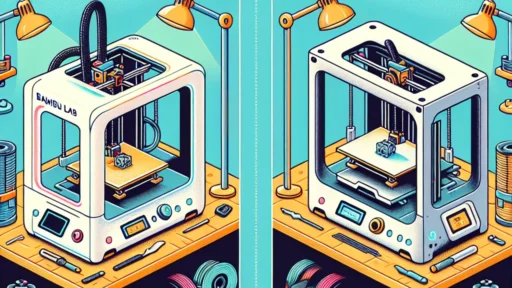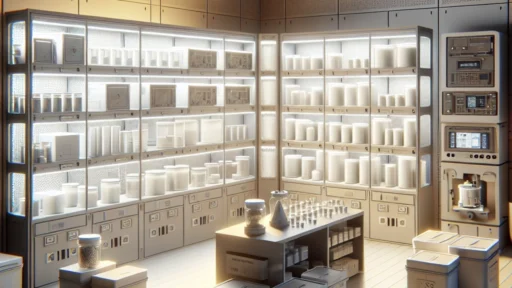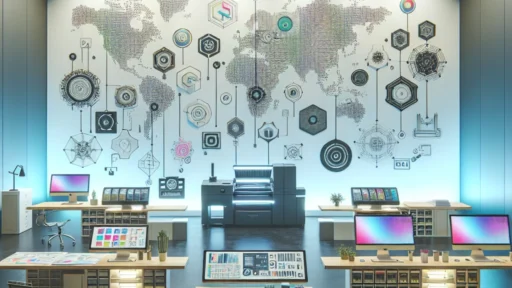The Future of 3D Printing: Trends to Watch
3D printing, once a futuristic concept reserved for sci-fi movies and tech enthusiasts, has morphed into a powerful tool that is reshaping industries across the globe. From healthcare to aerospace, this technology is making waves, and as we look to the future, several trends are emerging that might just change the way we create and consume products. So, what can we expect from the fascinating world of 3D printing in the coming years? Let’s dive in!
A Shift Toward Sustainable Practices
One of the most exciting trends in 3D printing is its potential to support sustainable practices. Traditional manufacturing processes often lead to significant waste, with excess materials that end up in landfills. However, 3D printing operates on a layer-by-layer basis, meaning materials are used more efficiently. Manufacturers are beginning to explore sustainable polymers and eco-friendly materials that can replace conventional plastics, thus reducing their environmental footprint.
Moreover, some companies are even experimenting with recycling old 3D prints into new products. Imagine a world where your discarded 3D printed toys could be melted down and used to create new items. This circular approach not only minimizes waste but also encourages a culture of recycling and innovation.
Customization at Its Best
Gone are the days of one-size-fits-all products. Thanks to 3D printing, we are moving towards a future where customization is not just possible but also practical and affordable. In industries like fashion and consumer goods, brands are beginning to realize that people crave personalized products that reflect their individuality.
For instance, in fashion, designers are using 3D printing to create intricate, bespoke designs tailored to an individual’s measurements and preferences. Imagine walking into a store, trying on a piece that’s digital rather than physical, and then watching as it’s printed right in front of you! This level of customization is not only appealing to consumers but can also help brands reduce inventory costs since they can print items on demand.
Healthcare Innovations
The healthcare industry is making significant strides with 3D printing technology, and the future looks particularly bright. From creating patient-specific surgical models to 3D printing prosthetics tailored to individual needs, the impact of this technology is profound.
A particularly exciting area is bioprinting — the ability to print living tissues and organs. Researchers are exploring the prospect of creating complex organ structures for transplants, which could one day eliminate long waiting times for organ donations. While we may be a bit far from printing a fully functional liver, advancements in this field are happening at an incredible pace. In the near future, we could see 3D printed tissues being used for testing drug responses, paving the way for more personalized medicine.
Advancements in Materials Science
One of the hurdles that 3D printing has faced is material limitations, but this is changing rapidly. As materials science progresses, we’re likely to see a broader range of printable materials, including metals, ceramics, and even food! Imagine printing a gourmet meal or creating durable parts for machinery from a material that’s designed specifically for high-stress environments.
Innovations like programmable materials, which can change their properties in response to external stimuli, also hold a lot of promise. This could lead to smart products that react dynamically to their surroundings – think of a shoe that adapts its stiffness based on the terrain!
Expansion of 3D Printing Services
As the technology matures, businesses are increasingly recognizing the benefits of outsourcing 3D printing services, rather than investing heavily in their own machines. This trend is giving rise to a new wave of service providers that specialize in on-demand 3D printing. Companies can simply send their designs to these service providers and have completed products delivered without the need for their own equipment or training.
This on-demand model not only cuts costs but also democratizes access to 3D printing technology. Small businesses and startups can leverage these services to prototype and produce products rapidly, allowing more innovators to bring their ideas to life without hefty upfront investments.
Looking Ahead
As we gaze into the 3D printing crystal ball, it’s evident that the future is bright and full of potential. The convergence of sustainable practices, customization, healthcare innovations, advancements in materials, and the rise of 3D printing services are just a few of the exciting trends paving the way for a new era of manufacturing.
With the rapid pace of technological advancement, it’s thrilling to think about what other surprises await us in the world of 3D printing. As barriers continue to be broken and creativity flows freely, who knows what incredible creations might emerge next? The future is not just about how we make things, but how we can make them better, smarter, and more harmoniously with our world. And that journey is only just beginning!


